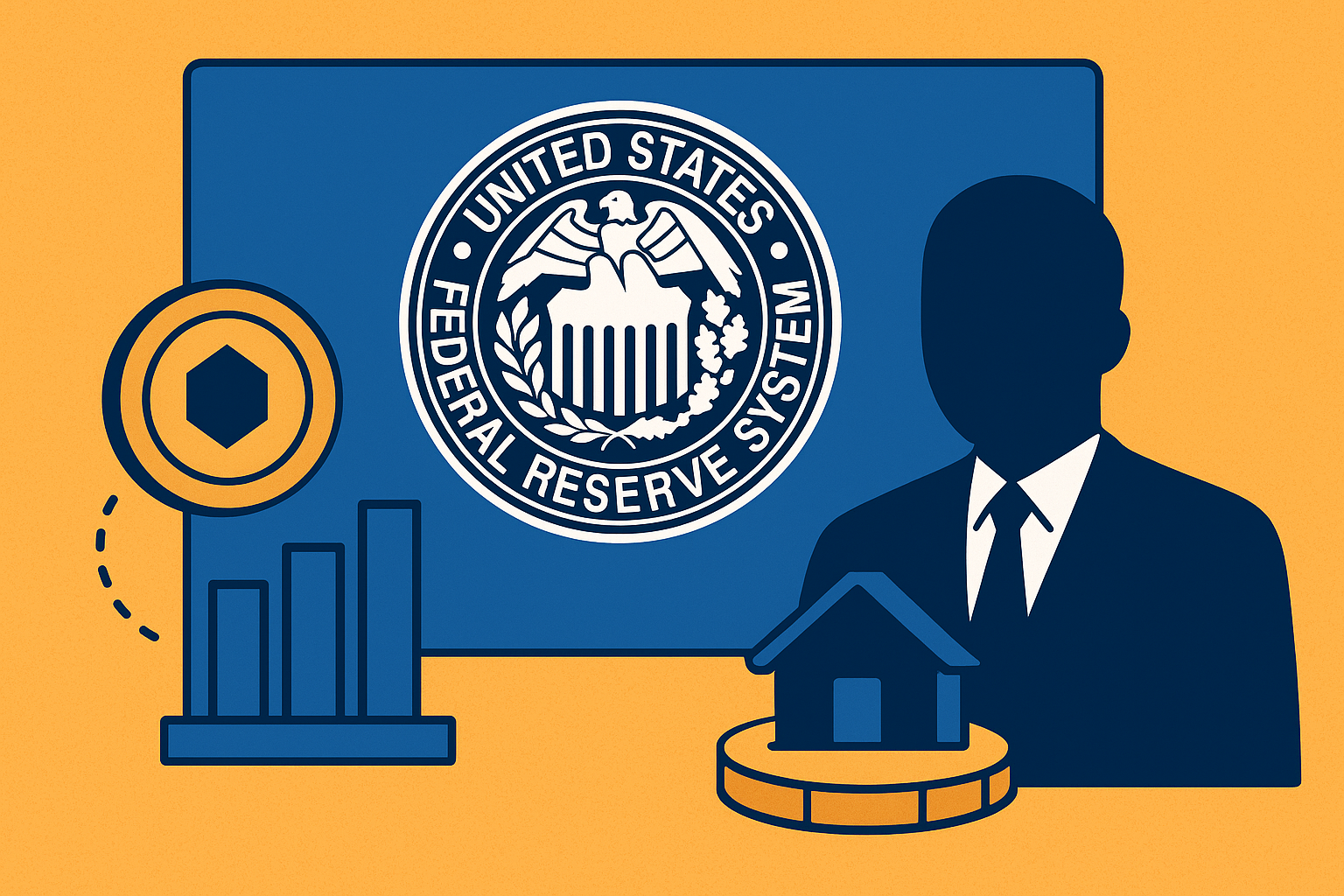The U.S. Federal Reserve is stepping squarely into the digital asset spotlight. Its upcoming October 2025 conference is expected to place tokenized real-world assets (RWAs) and stablecoin infrastructure at the heart of policy discussions—a move that could accelerate mainstream adoption of blockchain-powered finance. For investors, this signals a potential turning point: regulatory clarity in an area that has so far remained fragmented and experimental.
Why the Fed Is Zeroing in on Tokenization
Tokenized assets—digital representations of traditional financial instruments such as bonds, equities, real estate, and even commodities—are already a growing market. According to Boston Consulting Group, tokenized assets could represent $16 trillion in value by 2030, a projection that has caught the attention of institutional players and policymakers alike.
The Fed’s decision to put tokenization on its October agenda comes amid pressure from both Wall Street and Washington. Recent volatility in crypto markets, combined with the rise of private stablecoin networks, has underscored the need for regulatory oversight. By signaling support for frameworks that address security, interoperability, and compliance, the Fed is laying groundwork for broader institutional adoption.
AInvest (Sept. 2025) reports that stablecoin infrastructure will also be a core focus at the event, suggesting the central bank is exploring mechanisms to integrate digital settlement layers with existing payment rails. This could be pivotal in bridging traditional finance and blockchain economies.
Why This Matters for Investors
For years, tokenized RWAs have been discussed primarily in theoretical terms. But momentum is shifting:
- Institutional Interest: Asset managers including BlackRock ($BLK) and Fidelity are experimenting with tokenization pilots, particularly in fixed income and alternative assets.
- Efficiency Gains: Tokenization promises faster settlement, reduced counterparty risk, and fractional ownership—advantages that appeal to both retail and institutional investors.
- Liquidity Unlocking: Illiquid markets, such as real estate or private credit, could see new capital inflows once tokenized.
If the Fed signals a supportive stance, barriers to entry for institutional investors could diminish rapidly, reshaping allocation strategies.
Regulatory Challenges Ahead
Despite optimism, risks remain substantial. The regulatory environment for tokenized assets is still fluid. A cautious Fed approach could limit adoption, particularly if it enforces stringent compliance burdens. Furthermore, stablecoin regulation—particularly around reserve requirements—remains contentious.
Reuters recently highlighted global regulatory divergence: while the European Union has advanced with its MiCA framework, the U.S. is only now catching up. A lack of harmonization could create friction for cross-border capital flows and dampen investor enthusiasm.
Future Trends to Watch
- Stablecoin Integration in Payments – Watch for announcements from major banks or payment providers signaling integration of tokenized settlement rails.
- Institutional Onboarding – Pension funds and insurance companies could become major players if regulatory certainty is achieved.
- New Market Entrants – Fintech startups focused on tokenized bonds, treasuries, and real estate could offer high-growth opportunities.
- Global Competition – With Asia and Europe advancing faster, U.S. regulatory clarity will determine how competitive American markets remain.
Key Investment Insight
The Fed’s October conference could be a pivotal event for the future of tokenization. Investors should monitor policy signals closely, as they may unlock opportunities in fintech, digital asset infrastructure, and blockchain service providers. Exposure can be gained indirectly through public companies already experimenting in tokenization or through carefully selected fintech and blockchain ETFs.
Balancing enthusiasm with regulatory caution will be essential: while tokenization may unlock trillions in market value, the path to adoption will likely be uneven.
Tokenized finance is no longer a distant concept—it’s becoming a central theme in the evolution of capital markets. As the Fed steps onto the stage, investors who position early could benefit from a structural shift in how assets are issued, traded, and owned.
Stay ahead of the curve with MoneyNews.Today—your daily source for actionable insights on emerging market trends.





